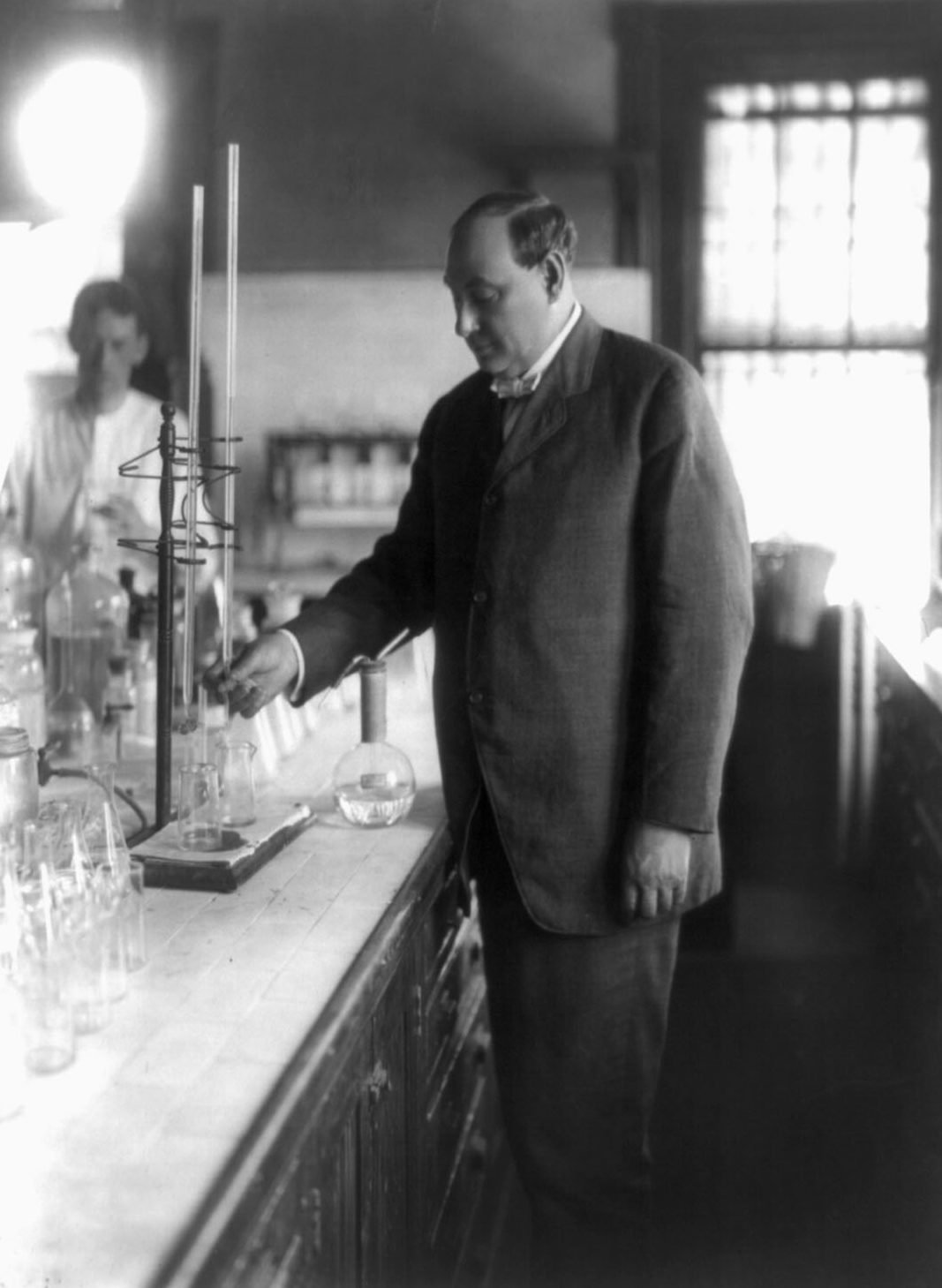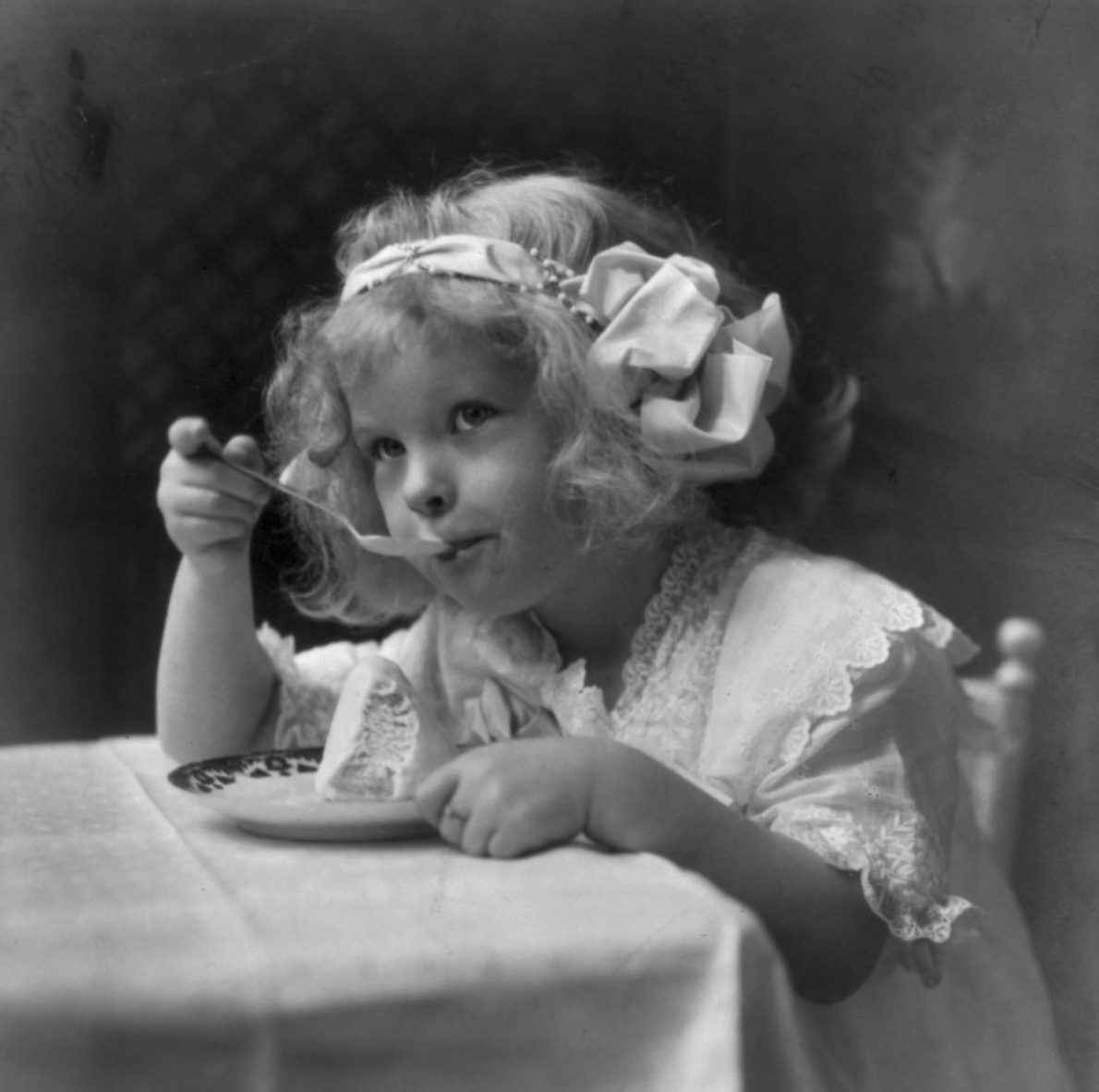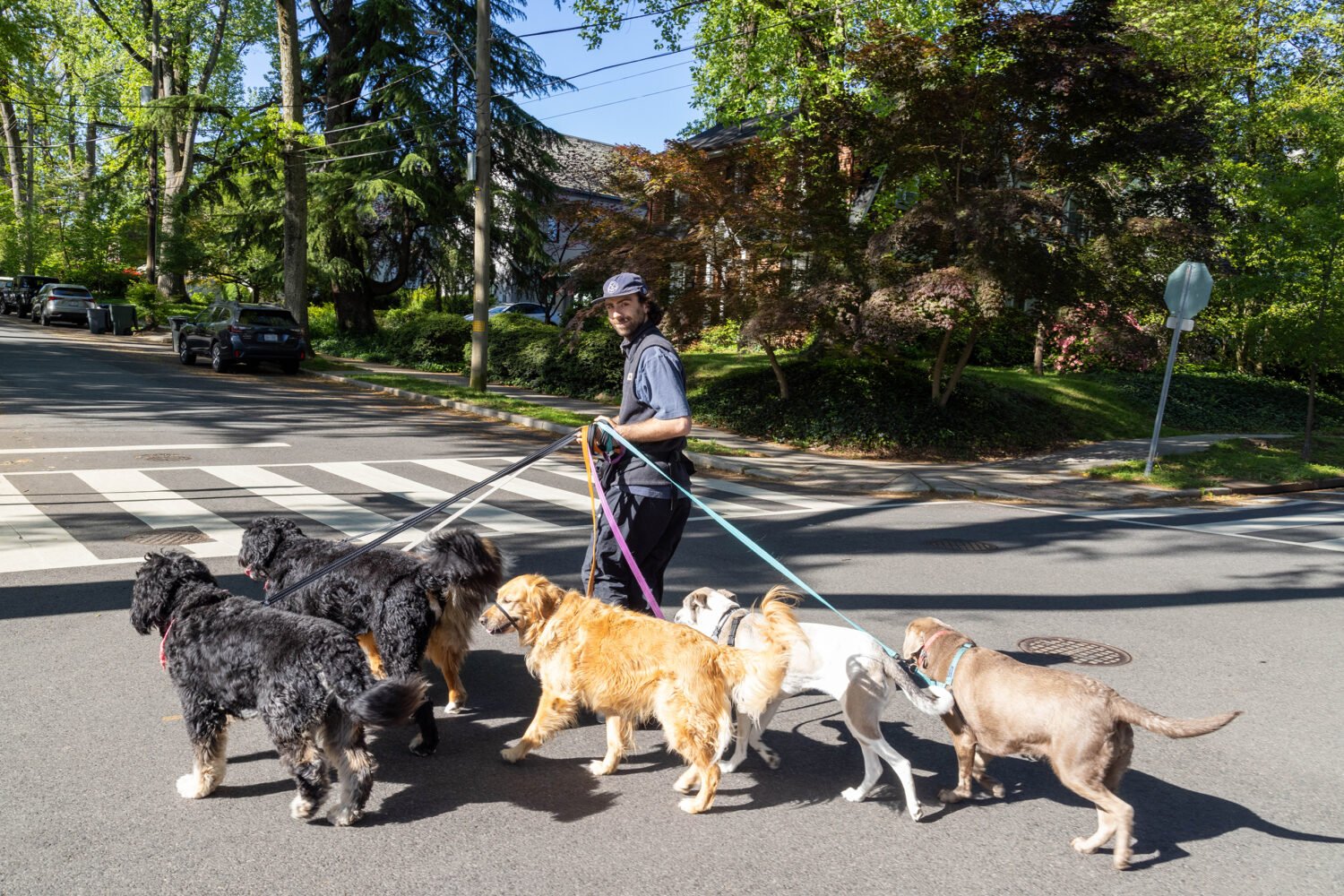These days, ice-cream controversies tend to be pretty mild: Jeni’s or Ice Cream Jubilee? Marionberry or mint chocolate chip? But back in the early 20th century, cold treats were a serious hot topic, and a little spot in DC was at the center of the battle over frozen desserts. Owned by a confectioner named Joseph J. Bischof, the establishment at 1339 H Street, Northeast—today home to the Pie Shop—found itself the target of the federal government’s ire.
On February 24, 1910, an eclectic group of federal bureaucrats, scientists, and ice-cream manufacturers crammed into the crowded DC Police Court at the corner of Sixth and D streets, Northwest. According to the government, Bischof’s ice cream was actually not ice cream at all, and he was being prosecuted under the Pure Food and Drug Act of 1906, the first national consumer-protection law. DC health officials and the Agriculture Department’s Bureau of Chemistry—precursor to the Food and Drug Administration—had spent years investigating the sanitary conditions of ice cream in the nation’s capital. Now the government hoped to use the new statute to secure convictions that would highlight and punish unsafe food practices.
Leading this effort was a man named Harvey Washington Wiley, who ran the Bureau of Chemistry. Although the San Francisco Chronicle at the time called him “a midsummer bore” for attacking a dessert that made “life endurable to so many millions in each recurring summer,” Wiley wasn’t some kind of anti-joy zealot. In a way, he was an Anthony Fauci of his time, except rather than battling Covid, he led a campaign against dangerous food. Like Fauci, Wiley was constantly in the news. Papers around the country branded him “Uncle Sam’s chemist,” “America’s gastronomic mentor,” and the “janitor of the people’s insides.”
As spring arrives following another pandemic-ravaged winter and Washingtonians’ thoughts turn toward ice cream, it’s worth looking back to a time when these treats were quite perilous—and when government efforts to improve their safety changed the way we eat.
Born in a log farmhouse near Kent, Indiana, in 1844, Wiley fought as a Union soldier in the Civil War, then earned multiple degrees, including an MD, before accepting a professorship in chemistry at Purdue University. In 1883, he was chosen to lead the Division of Chemistry (it became the Bureau of Chemistry in 1901), which at the time researched topics such as sugar production that tended not to capture the public imagination. Wiley had developed a particular interest in food adulteration—the practice of surreptitiously adding cheaper alternative ingredients to products—and was eager to use his new perch to make America’s food less dangerous.
However, there was a big problem: A national law protecting food safety didn’t exist. The first bill designed to combat food adulteration was introduced to Congress in 1879, but it failed. It took another 27 years and 190 bills before Congress finally passed a law—thanks, in large part, to Wiley’s efforts.

In order to change the rules, Wiley first needed to convince the public that food safety actually mattered. From 1902 to 1907, he presided over a series of experiments with a team of young men the press dubbed the “Poison Squad.” This brave band of test subjects consumed intentionally adulterated food to determine the impact of commonly added substances such as borax and salicylic acid. Members of the squad reported symptoms affecting their appetite, digestion, and overall health. From a scientific point of view, the experiments weren’t particularly rigorous. There was no control group, for one thing, and doses of adulterants were higher than typically found in the wild. Even so, press coverage of the experiments made Wiley a national sensation, and support grew for federal food-safety laws.
Wiley used this wave of acclaim to push the Pure Food and Drug Act of 1906, which he was instrumental in crafting. Unlike previous efforts, the bill actually passed, and it was signed into law by Theodore Roosevelt. The legislation finally made it a crime to sell adulterated or mislabeled food, and the Bureau of Chemistry—and therefore Wiley—was responsible for enforcing it.
That’s when Wiley went after ice cream. It was a savvy PR move: The treat had become quite popular due to increased availability of ice and the introduction of hand-cranked ice-cream makers—yet it could cause serious illness due to high levels of bacteria. So Wiley and the District Health Department joined forces for a citywide investigation of ice-cream manufacturers and sellers. At a lecture he gave in 1907 at the Vermont Avenue Christian Church, Wiley scared parishioners with talk of the dangers of the local hokey pokey, as ice cream sold by candy-cart vendors was known. “That is the kind of stuff our children are permitted to buy at a penny a cake at recess,” he told the audience, according to a manuscript of his lecture in the Library of Congress. “No ethics in that. Plenty of bacteria but no ethics.”
This wasn’t grandstanding—several children in Washington had died after eating tainted ice cream. Wiley and his Bureau ran tests on local samples, and in early 1908, they informed the Medical Society of the District of Columbia that they’d found an average of 66 million organisms per cubic centimeter in 300 samples of DC ice cream. A similar sample of water contained only about 500 organisms per cubic centimeter, they said. “No one wants to run the risk of getting lockjaw by . . . eating ice cream,” Wiley told the House Committee on Agriculture.
One of the samples collected by Bureau bacteriologists came from Bischof’s shop on H Street. Tests revealed that the product contained significant bacteria and didn’t have enough milk fat to meet the Agriculture Department’s new standards. It also used gelatin as a thickener, which allowed it to sit out for long periods without melting, gradually amassing sinister bacteria. Bischof’s practices, Wiley was convinced, clearly violated the Pure Food Act.
When Bischof’s trial began in February 1910, things quickly got complicated. The case was to be a test of Wiley’s power to enforce the new laws, but the proceedings bogged down on a surprisingly difficult question: What is ice cream? There were numerous varieties of frozen custard and many different lay definitions, and the Agriculture Department’s standards were far from widely accepted. Wiley contended that Bischof’s product was adulterated and didn’t qualify, but he admitted that gelatin itself was harmless. The issue, Wiley said, was how it hid the age of the ice cream and thus its potential dangers.
The trial lasted just one day, and at the end of testimony, Judge Alexander Mullowny issued his verdict: Bischof was not guilty. In the judge’s view, the Department of Agriculture’s definition of ice cream was just an opinion and Wiley had no authority to tell Americans what their desserts ought to be made of.
Bischof went back to hawking treats on H Street. That wasn’t the end of the story, however. Despite the ruling, the public was starting to demand safer and unadulterated foods, and the industry had little choice but to respond. Pasteurization and mechanical refrigeration started to become standard, and safety could even be a selling point. A DC butter manufacturer called Chapin-Sacks, which had started producing ice cream, began promoting its product as a “pure” variety. “The most up to date, modern and scientific equipment possible to assemble is now being installed in the NEW HOME of ‘The Velvet Kind,’ ” the company advertised in 1917. (Today, the FDA has a strict technical definition for which products qualify as ice cream.)
Wiley resigned from the Bureau in 1912 and took a job with Good Housekeeping. Working out of a lab, he tested all sorts of consumer products and wrote articles about the dangers he discovered. Under his watch, the magazine—which already had a famous Good Housekeeping Seal of Approval—established a special seal for Wiley: “Tested and Approved by the Bureau of Food, Sanitation, and Health.” Wiley worked there until he died in 1930 at his home in Kalorama. He’s buried in Arlington National Cemetery.
Meanwhile, the Bischof trial had little impact on ice cream’s exploding popularity. In 1913, three years after the confectioner was acquitted, the Washington Times covered DC’s appetite for it. “If you should invert the dome of the Capitol, fill it heaping full of rich frozen cream, top it off with a cherry the size of the gold dome of the Congressional Library, and serve it to the Goddess of Liberty with a silver spoon that would reach across Pennsylvania avenue,” the paper suggested, “you might get an idea of how much ice cream the city will eat this week.”
This article appears in the April 2022 issue of Washingtonian.















